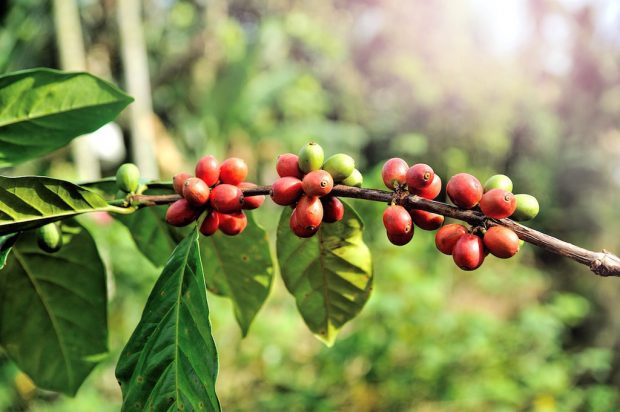Often cited by nonprofits, NGOs and even for-profit coffee companies is anecdotal evidence of the business struggles of coffee farmers — how they are “price takers” in a volatile market; how production costs have steadily risen yet not in step with prices in an erratic commodities market; how climate change, pests and other crop-killing mechanisms represent unprotected risks.
At its 6th Consultative Forum on Coffee Sector Finance last week, the London-based International Coffee Organization shared a new “research concept note” that backed these narratives up with some hard numbers in four major coffee-growing countries over the past 10 years, confirming assertions that, in many instances, coffee farmers have been routinely operating at a loss, and that coffee no longer provides a viable livelihood.
These realities affect the higher-end arabica market, too, further suggesting that the problems facing today’s coffee farmers will present immediate and long-term threats to the coffee industry at large.
Co-sponsored by the Colombian Federation of Coffee Growers (FNC), the primary focus of the event itself was to discuss the profitability of coffee farming. “Addressing the topic of international prices and the volatility of the market, panelists debated the need for an alternative mechanism for the pricing of coffee and the necessity to increase the availability of innovative financial instruments for farmers of all sizes,” the ICO said in its review of the event.
For its research concept note, the ICO gathered data from the coffee years 2006-7 through 2015-16 for four countries: Brazil, Colombia, Costa Rica, and El Salvador. It explored the following assertion:
Since March 2015 the ICO composite price has been consistently below the 10-year average of 137.24 US cents/lb, raising concerns about the economic viability of coffee production and putting the livelihoods of coffee producers at risk in many countries.
The note explores prices and market data within each of the countries, but it also digs deep into production cost data, a major economic factor that is often overlooked in the larger discussion of coffee prices. It points out some markets and particular regions where coffee has survived or thrived over the time period, but the overarching narrative is that farming has become an increasingly difficult means of livelihood, especially given poor access to markets, increased risks due to climate change, natural pests and diseases, steadily increased production costs, and poor access to price risk management tools.
The entire report is available here, but here are just a few of the main takeaways presented by the ICO:
- More research is needed to understand the economic viability of coffee production worldwide. Currently, research is hampered by data availability.
- Across the board productivity increases (e.g. through more efficient use of fertiliser and new varieties) as well as adoption of modern agronomic techniques with the aim of mitigating production risk can have a positive impact on the global supply of coffee and thus may also reduce price volatility.
- While increasing productivity can help farmers to become more cost-effective, they may still incur losses in years of low prices. Price volatility is part of market risk which includes also exchange rate, interest rate and counterpart default risk. The data suggests that market risk (price risk) is a particularly important variable.
- Hence, mitigation of price risk should rank high on the agenda. Farmers need to get access to risk management tools with the aim of (i) mitigating exposure to risk, in order to (ii) strengthen resilience against inevitable shocks. – 23 –
- Some countries have developed effective policy responses to factors which negatively affect the profitability of coffee farming. For example, Colombia responded successfully to the threat of coffee leaf rust, while Costa Rica has become a pioneer in measures that mitigate the impact of climate change in the coffee sector. These positive experiences should be shared between countries.
Nick Brown
Nick Brown is the editor of Daily Coffee News by Roast Magazine.
Comment
3 Comments
Comments are closed.







Interesting
“…farming has become an increasingly difficult means of livelihood, especially given poor access to markets, increased risks due to climate change, natural pests and diseases, steadily increased production costs, and poor access to price risk management tools.”
Somehow we seemed to forgot to mention ‘price paid to farmers’ anywhere in this discussion of issues…
The coffee news are good
Let’s fix coffee prices at 160. Those farmers willing to continue will do so knowing what the price will be for this year’s crop